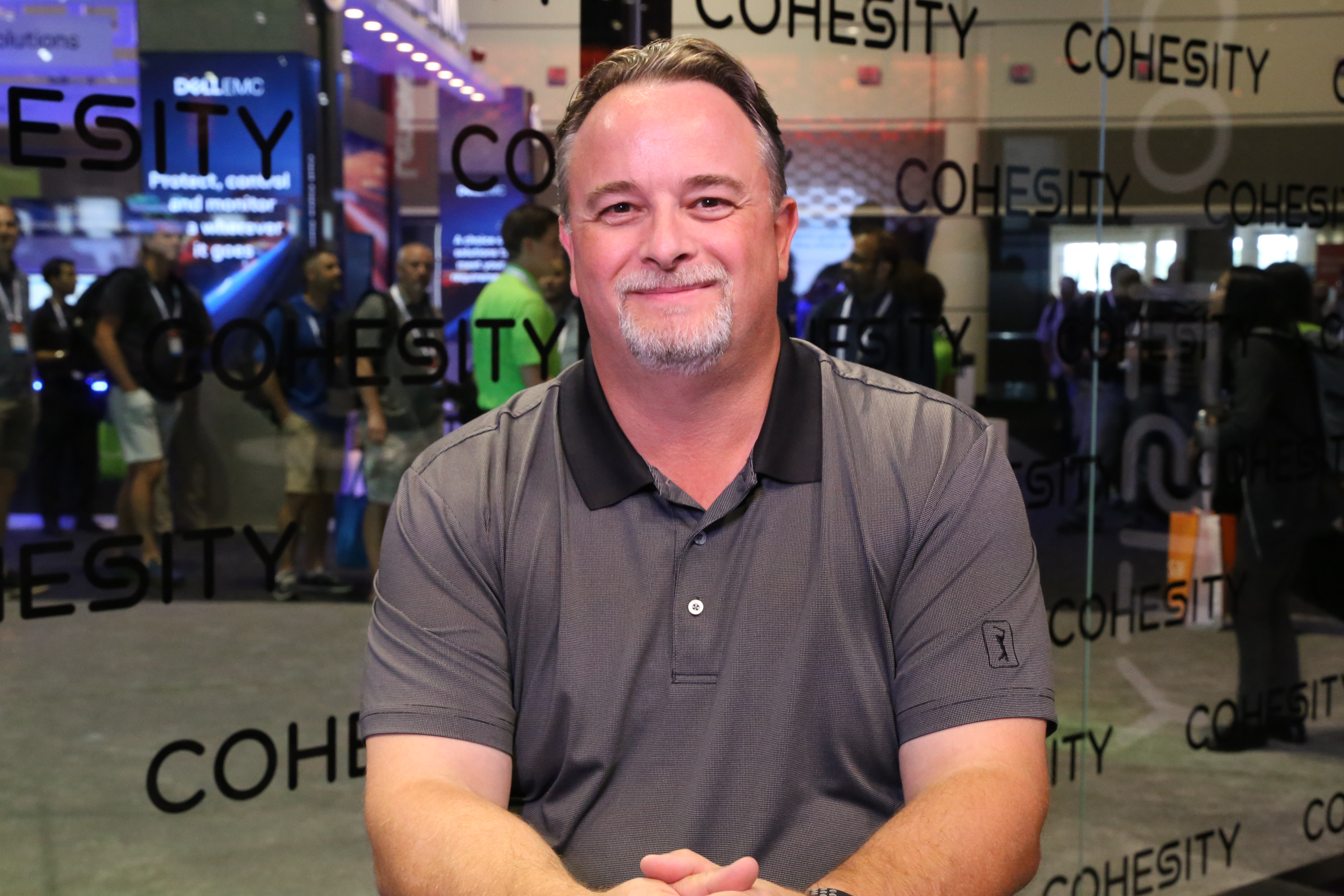 BIG DATA
BIG DATA
 BIG DATA
BIG DATA
 BIG DATA
BIG DATA
While the education sector can sometimes be restricted in its adoption of technological innovations, the digital transformation is coming to the Ivy League — and the information technology professionals at Brown University are wrestling with the same kinds of conversations that enterprises are asking.
Chris Menard (pictured), lead storage administrator at Brown University in Providence, Rhode Island, has a specific role in figuring out the issues that the digital transformation has for universities within data storage, backup recovery, and disaster recovery.
“Our CIO had put out in his last year that we were going to start working on digital transformation as one of our big projects,” Menard said. “So if that means buying some new storage, or adding more storage to what we have, or talking to them about what apps are being added, that’s the kind of things that our group would be worried about.”
Menard spoke with Stu Miniman (@stu) and Rebecca Knight (@knightrm), co-hosts of theCUBE, SiliconANGLE Media’s mobile livestreaming studio, during the Microsoft Ignite event in Orlando, Florida. They discussed the challenges that Brown University faces when thinking through data and the digital transformation. (* Disclosure below.)
As Brown University wrestles with the digital transformation, security is one of the school’s biggest concerns, according to Menard. The university tackles an extensive amount of sensitive data — from student data to research data, administrative data to faculty data.
“We have a whole security team that that’s all they do — is look at these projects and look at what we’re trying to do and say, ‘Wait a second; what’s the security around it?’ ” he described.
Cohesity Inc., a software as a service company that produces secondary data and app management solutions, has helped a lot with the University’s security challenges, according to Menard. “We decided that we wanted to find something that was more streamlined and was looking to the future with the way that they did data protection and disaster recovery,” he stated.
Another concern is disaster recovery and protection of data if the University’s data center in Providence were to face some kind of emergency. “We have some of our disaster recovery data in the [Microsoft] Azure cloud,” Menard said. “I’m sure there’ll be more to come as we learn more about what we can put there and how that can help us.”
The University is seeing positive results with the changes it has implemented so far, according to Menard. “We have realized a lot of cost savings. Probably about 50 percent reduction in costs,” he concluded. “Our team probably saves 10 or 15 hours a week.”
Watch the complete video interview below, and be sure to check out more of SiliconANGLE’s and theCUBE’s coverage of the Microsoft Ignite event. (* Disclosure: Cohesity Inc. sponsored coverage of Microsoft Ignite, and some segments on SiliconANGLE Media’s theCUBE are sponsored. Sponsors have no editorial control over content on theCUBE or SiliconANGLE.)
THANK YOU